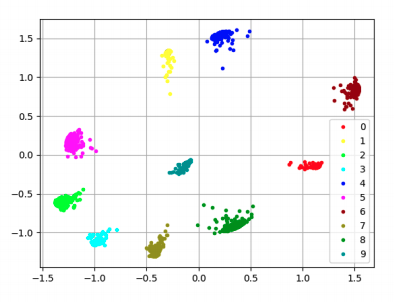|
Art is Long; Time is Fleeting! I am a Machine Learning Researcher @ Huawei, Canada working in Dr. Mohammad Salameh's team at Edmonton Research Center. Previously, I was a graduate student with Dr. Martha White at University of Alberta, where I worked on representation learning for reinforcement learning. Particularly I worked at the combination of offline and online RL where the goal was to learn effective representations in the offline phase to warm-start the agent in the online setting and make sure that the agent converges quickly. Before that, I worked as a Research Associate at Qatar Computing Research Institute (QCRI) working on interpretability in neural language models. Specifically, I worked on understanding how neural language models build (if at all) grammatical structure of language internally. I was supervised by Dr. Hassan Sajjad. Before that I did my undergraduate from National University of Sciences & Technology (NUST), Islamabad working in TUKL-NUST R&D Lab working with Dr. Faisal Shafait. Over the years in this pursuit of science, I have had the pleasure of visiting AaltoVision and AaltoML lab at Aalto University, Finland to work on estimating depth from stereo setups. I have also worked as a research intern at ARTE Lab, University of Insubria back in 2018 where I worked on designing multi-modal neural networks. My research was supervised by Dr. Ignazio Gallo. Email / CV / Quora / Google Scholar / Github |
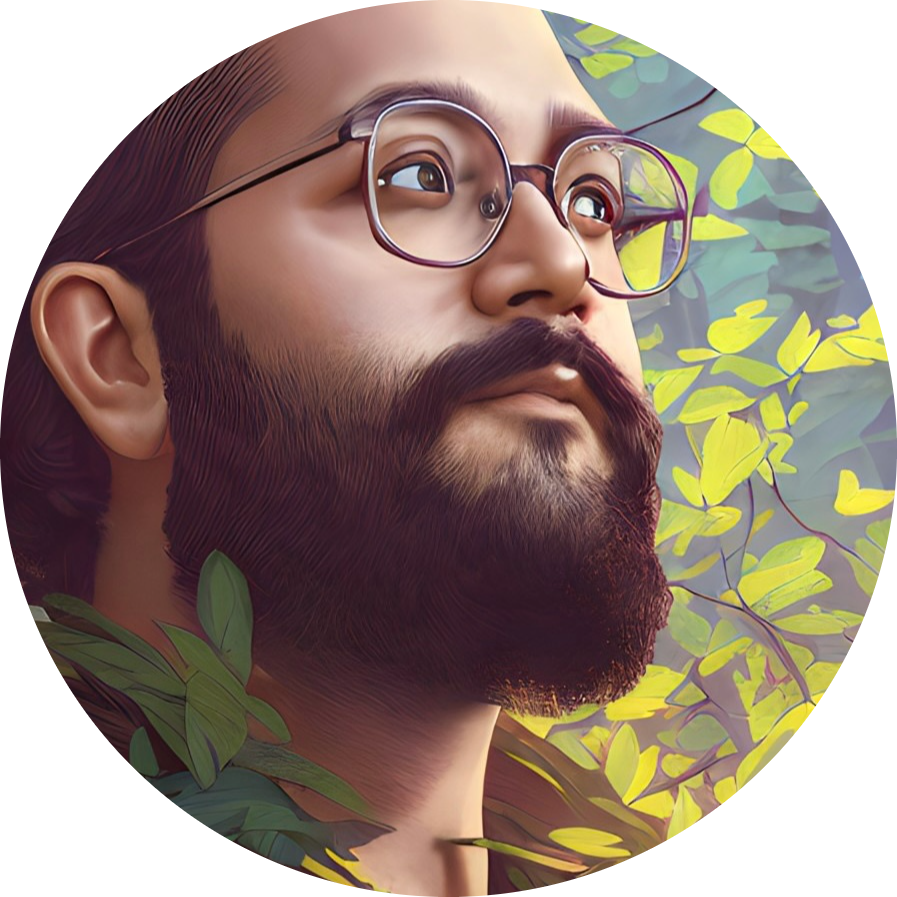
|
|
Although I have worked mainly with computer vision, I am now interested in reinforcement learning with a focus on representation learning techniques. I work on developing methods to effectively learn representations that can be distilled in upstream tasks. |
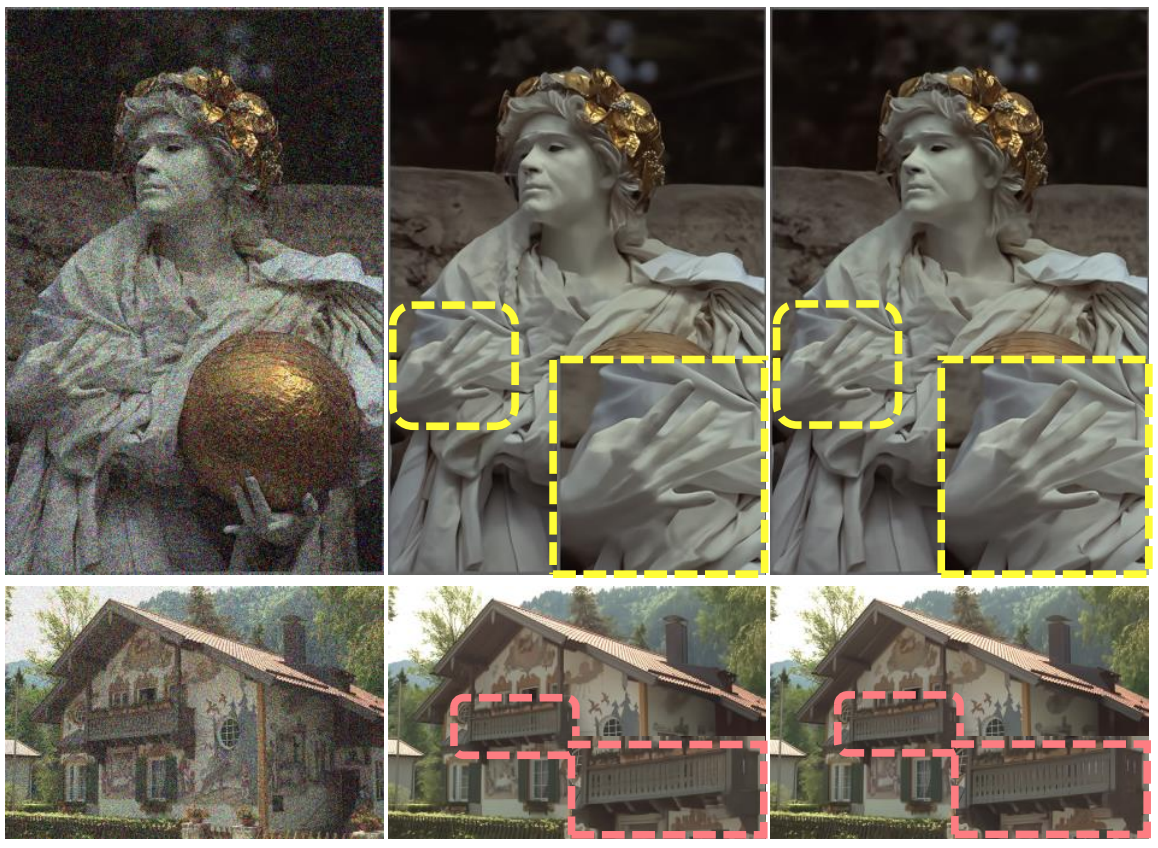
|
Amirhosein Ghasemabadi, Muhammad Kamran Janjua, Mohammad Salameh, Chunhua Zhou, Fengyu Sun, Di Niu Transactions on Machine Learning Research (TMLR), 2024 We present CascadedGaze Network (CGNet), an encoder-decoder architecture that employs Global Context Extractor (GCE), a novel and efficient way to learn global information for image restoration. |

|
Muhammad Kamran Janjua, Haseeb Shah, Martha White, Erfan Miahi, Marlos C Machado, Adam White Machine Learning, 2023 We show the importance of learning in deployment, by comparing a TD agent trained purely offline with no online updating to a TD agent that learns online. This final result is one of the first to motivate the importance of adapting predictions in real-time, for non-stationary high-volume systems in the real world. |
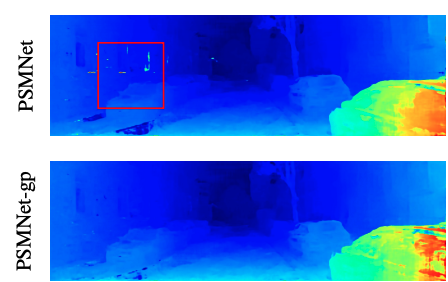
|
Yuxin Hou, Muhammad Kamran Janjua, Juho Kannala, Arno Solin 25th International Conference on Pattern Recognition (ICPR), 2020 We propose a method for fusing stereo disparity estimation with movement-induced prior information. |
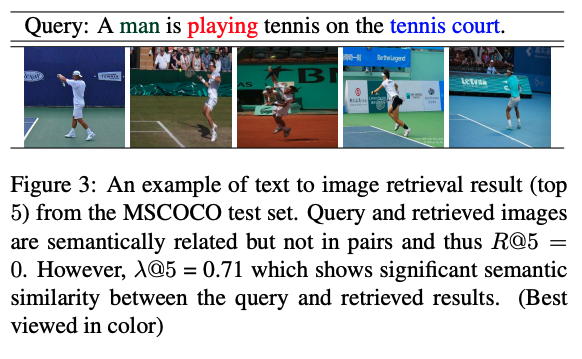
|
Shah Nawaz, Muhammad Kamran Janjua*, Ignazio Gallo, Arif Mahmood, Alessandro Calefati, Faisal Shafait Proceedings of the IEEE/CVF International Conference on Computer Vision (ICCV), 2019 We propose a new measure SemanticMap to evaluate the performance of cross modal systems. Our proposed measure evaluates the semantic similarity between the image and text representations in the latent embedding space. |
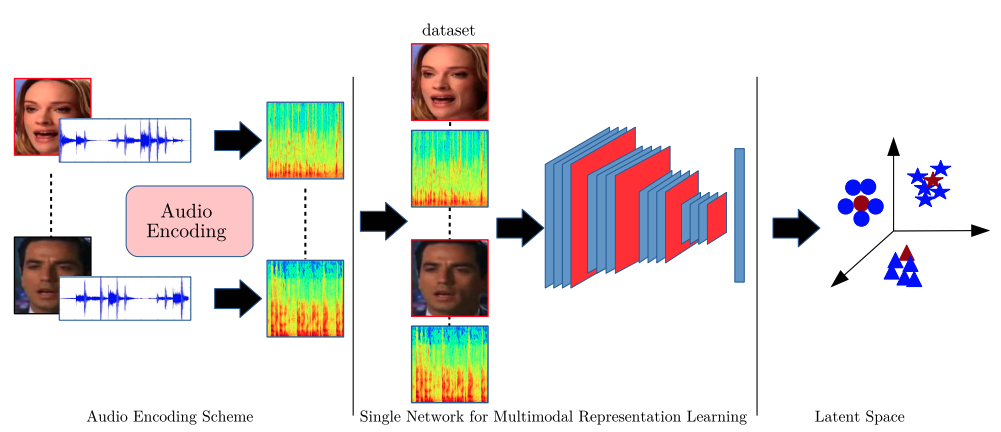
|
Shah Nawaz*, Muhammad Kamran Janjua*, Ignazio Gallo, Arif Mahmood, Alessandro Calefati Digital Image Computing: Techniques and Applications (DICTA), 2019 We propose a novel deep training algorithm for joint representation of audio and visual information which consists of a single stream network (SSNet) coupled with a novel loss function to learn a shared deep latent space representation of multimodal information. |

|
Alessandro Calefati*, Muhammad Kamran Janjua*, Shah Nawaz, Ignazio Gallo British Machine Vision Conference (BMVC), 2018 code In order to further enhance the discriminative capability of deep features, we introduce a joint supervision signal, Git loss, which leverages on softmax and center loss functions. The aim of our loss function is to minimize the intra-class variations as well as maximize the inter-class distances. |
